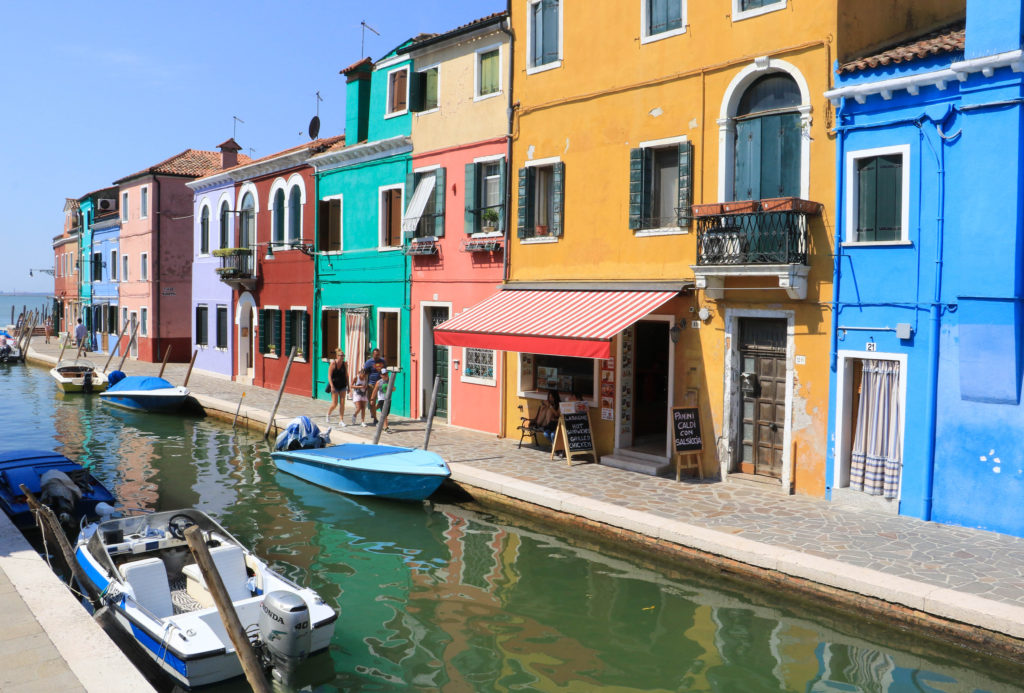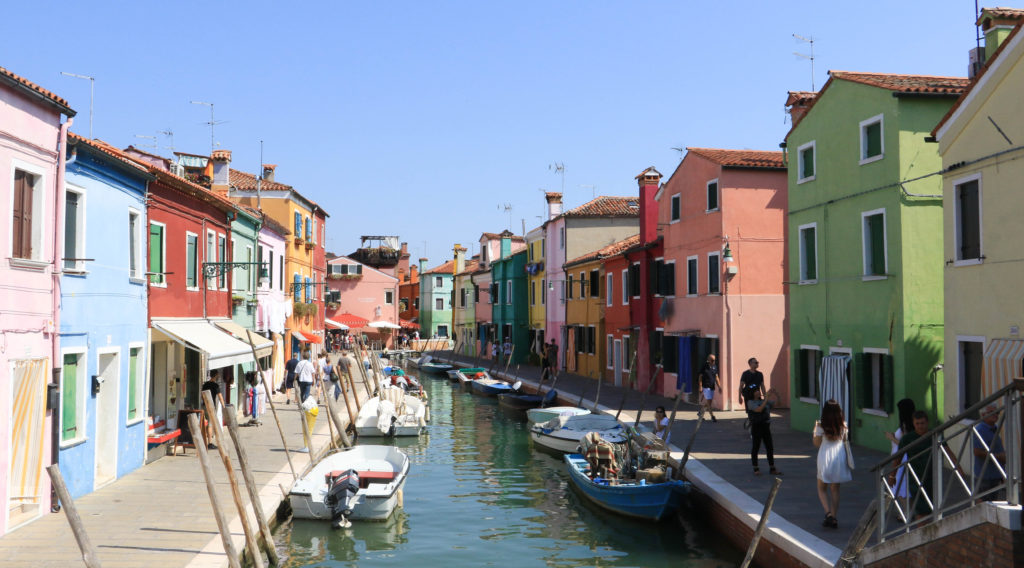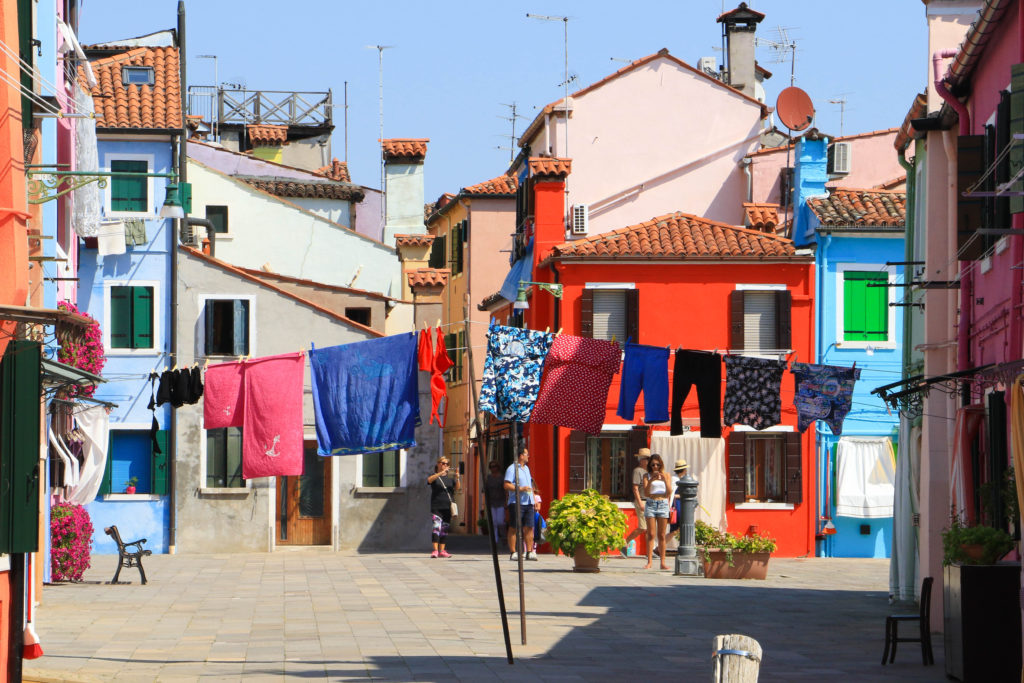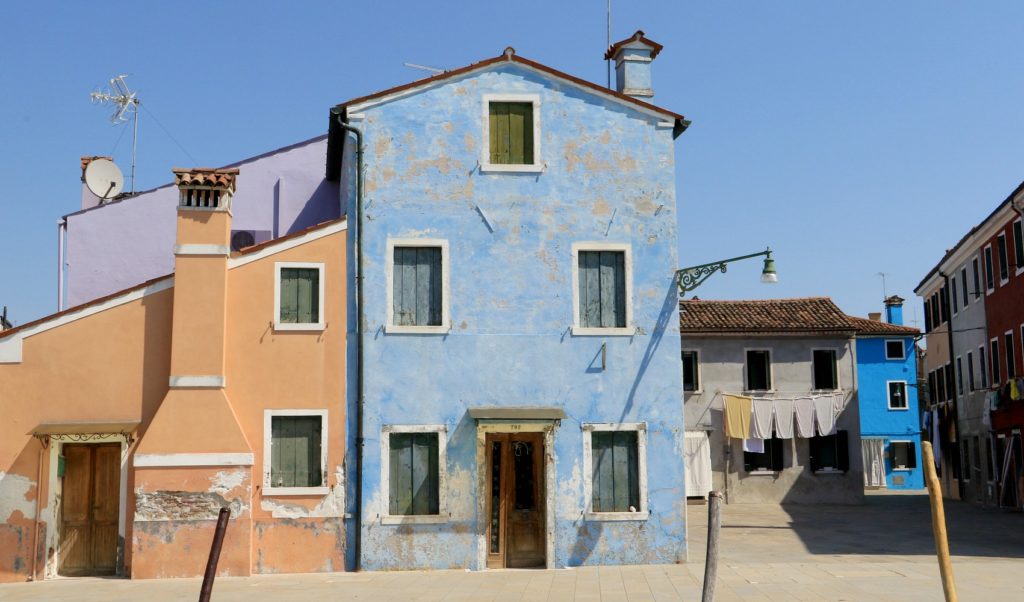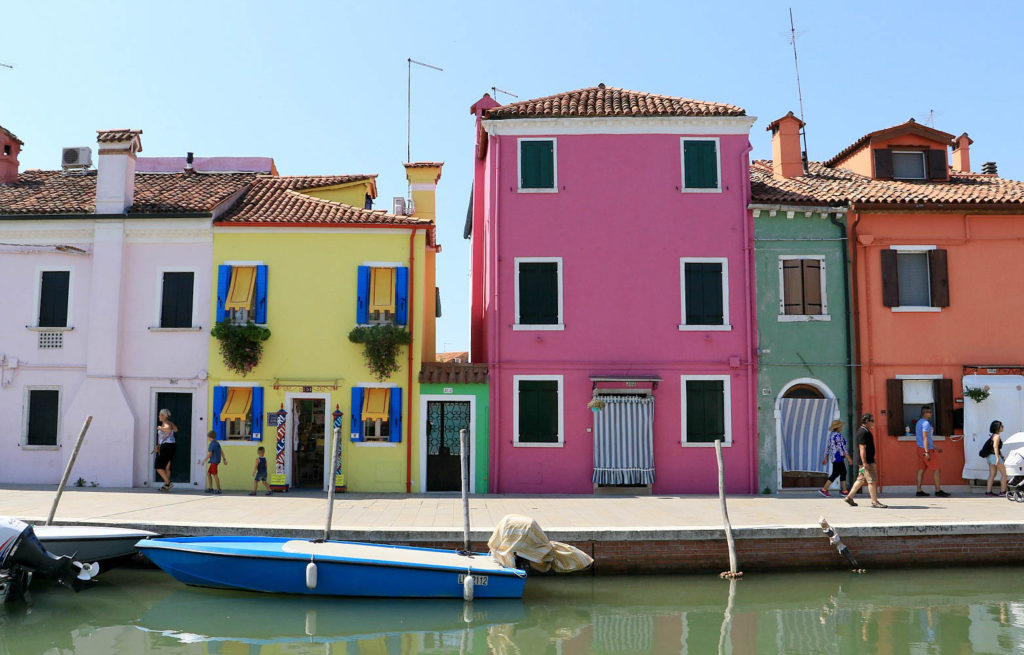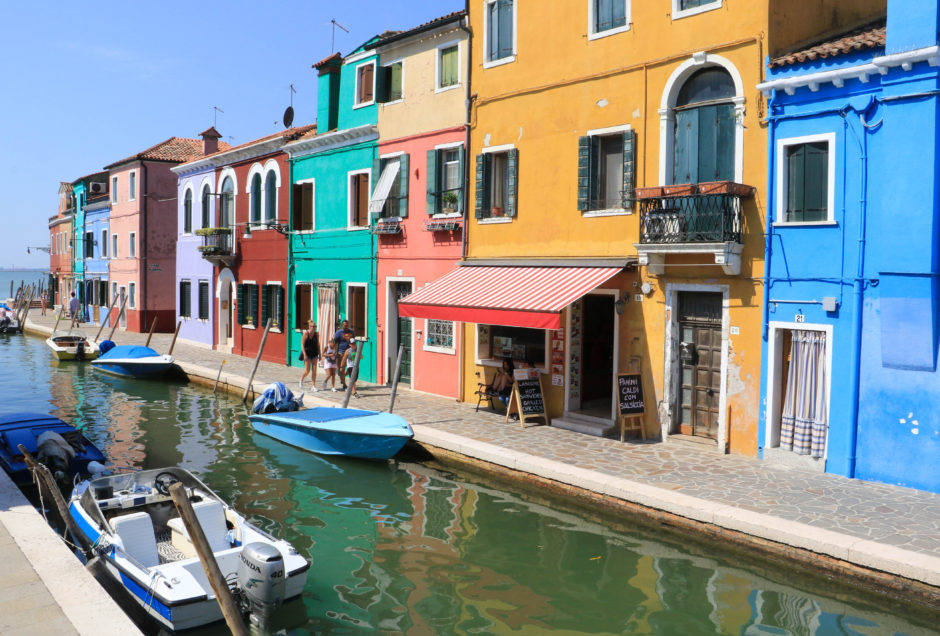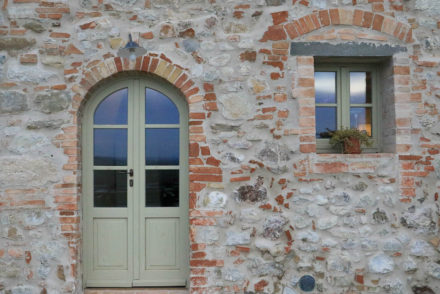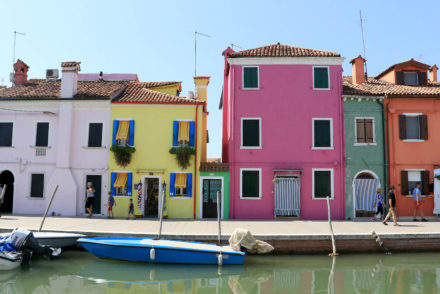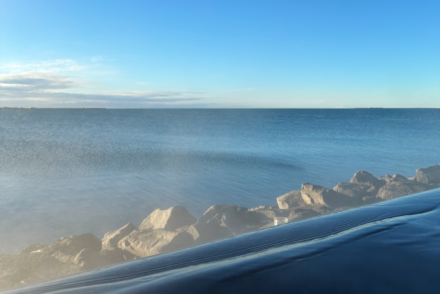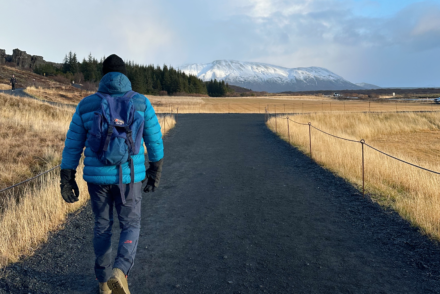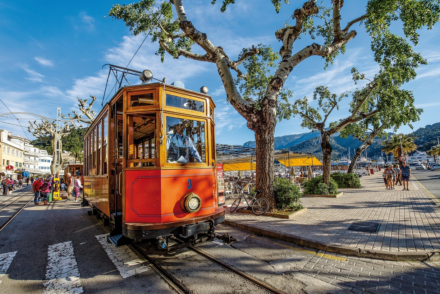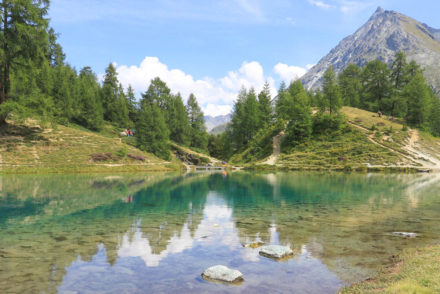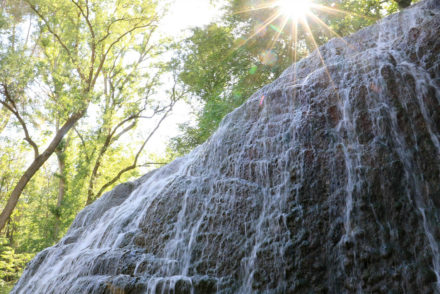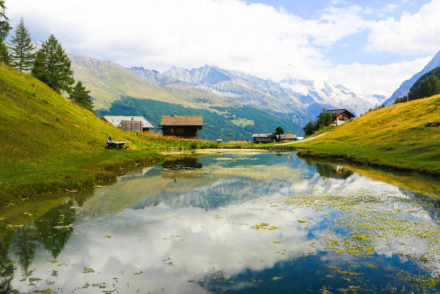If you’re planning a trip to Venice for a couple of days or more, it’s worthwhile exploring a few of the lagoon islands. Our last visit to this beautiful city saw us take in the likes of Murano, Torcello and the wonderfully picturesque Burano.
About Burano
It’s said the name Burano came from “Porta Boreana” which means the northern door of the city. The houses here orginally built on palafittes with walls made of woven canes plastered with mud – beds were dry leaves. These houses were changed over the years and made from bricks with the older dwellings used as warehouses.
Burano is situated in the Northern Venetian Lagoon and ranked one of the most colourful destinations in the world. It’s easy to see why the pretty fisherman’s houses and boat-filled canals appeal to photographers the world over. The buildings were originally painted in bright colours so they could be seen from the sea but this tradition has stayed to this day.
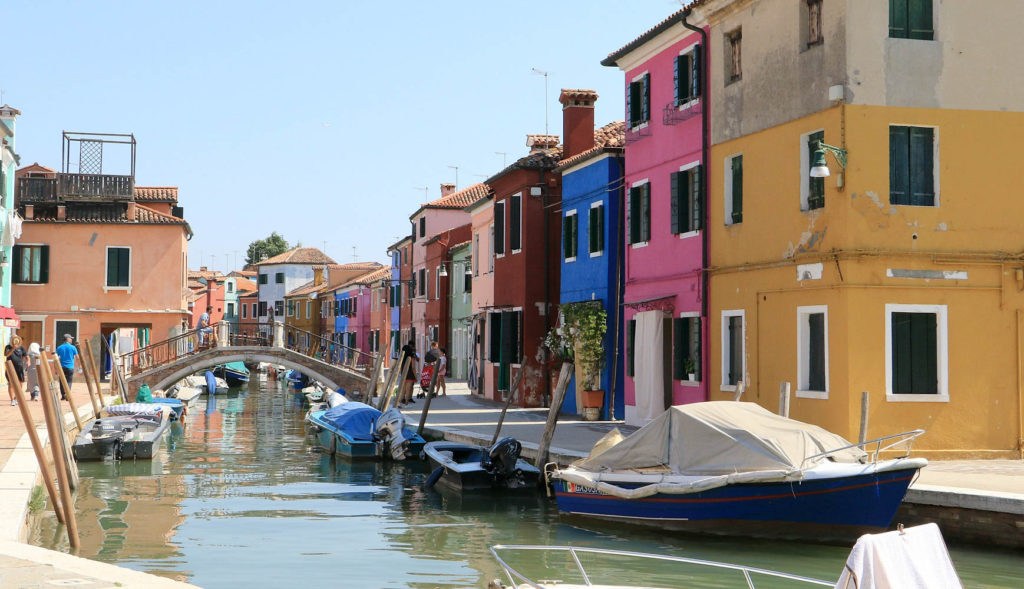
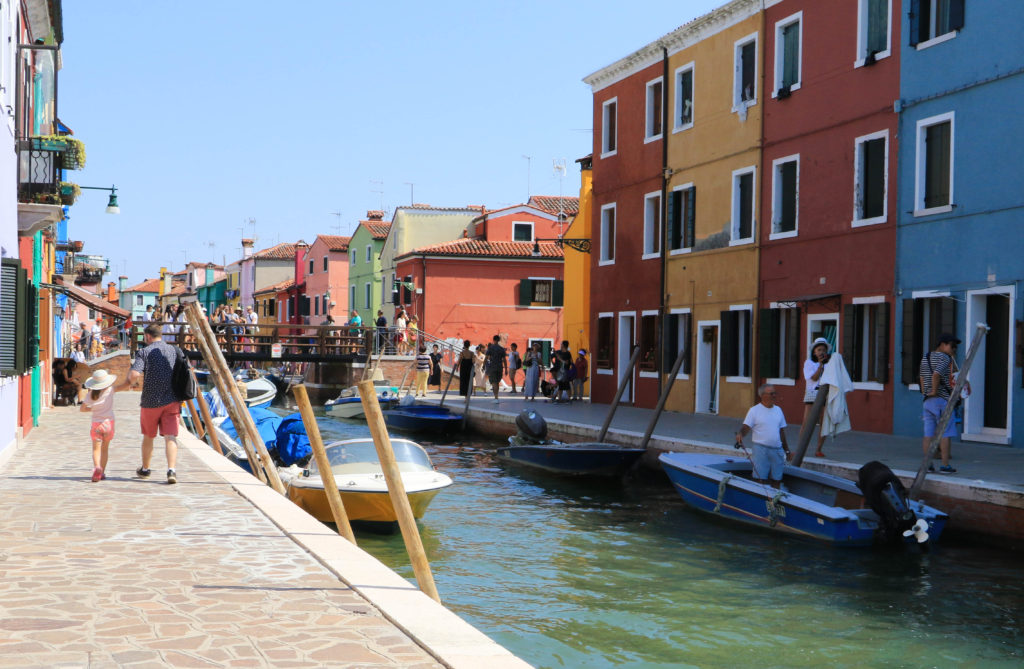
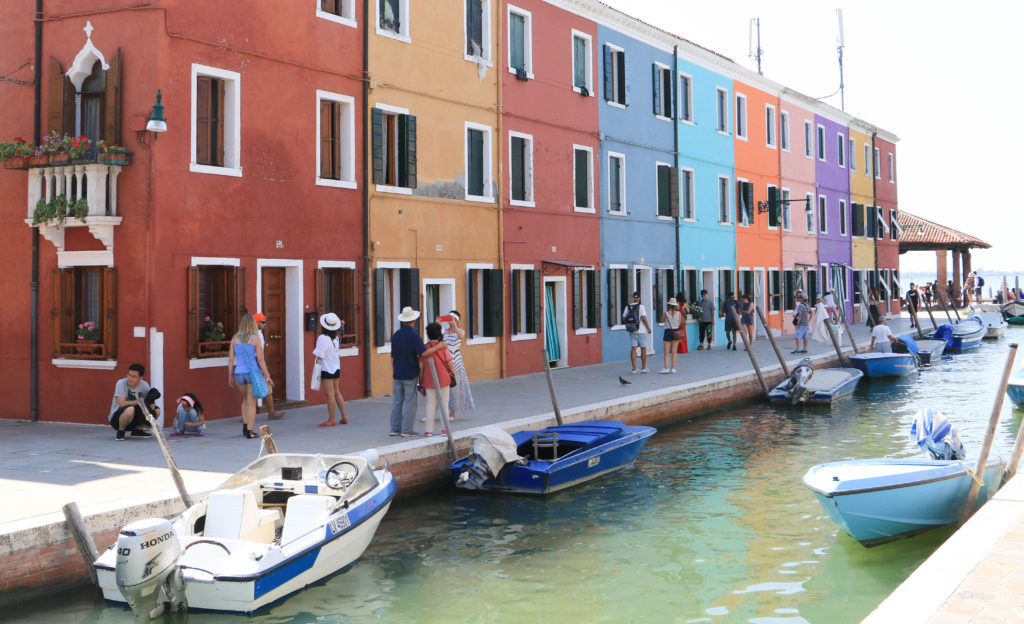
While Burano can be overlooked during a trip to Venice, particularly if you’re just there for the weekend, it’s well worth a visit. As it was POD’s first time in Venice, we wanted to make sure she got to experience this wonderful city. It also provided us with a great excuse to take a trip to the islands – not that we needed one!
How to get to Burano
There are several ways to get to Burano and the price varies enormously. We booked a tour from the UK before we arrived in Venice as it was the peak summer period. It cost c.£50 for the three of us which included a 4.5-hour boat trip on a Gran Turismo motorboat (with an English speaking guide) and free time on Murano (with a glass blowing demonstration), Burano and Torcello. The cheapest way to get to Burano is to take the Vaporetto ferry which goes from San Zaccaria near Piazzo San Marco. This costs c.£6 per person and takes 45 minutes. The most expensive way to get to Burano is by water taxi which will cost over £100 each way.
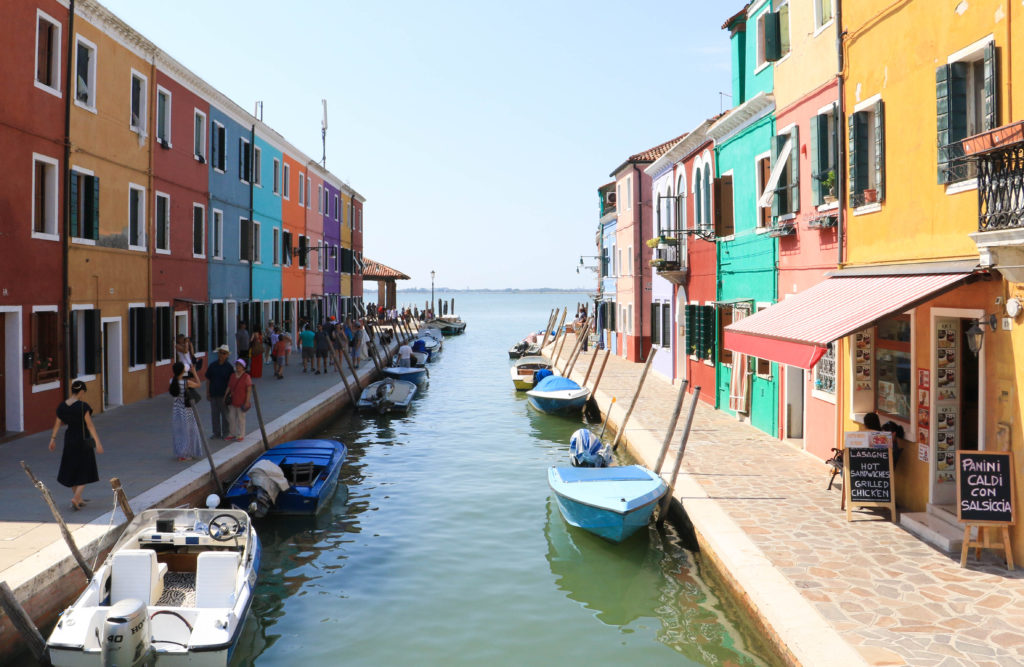
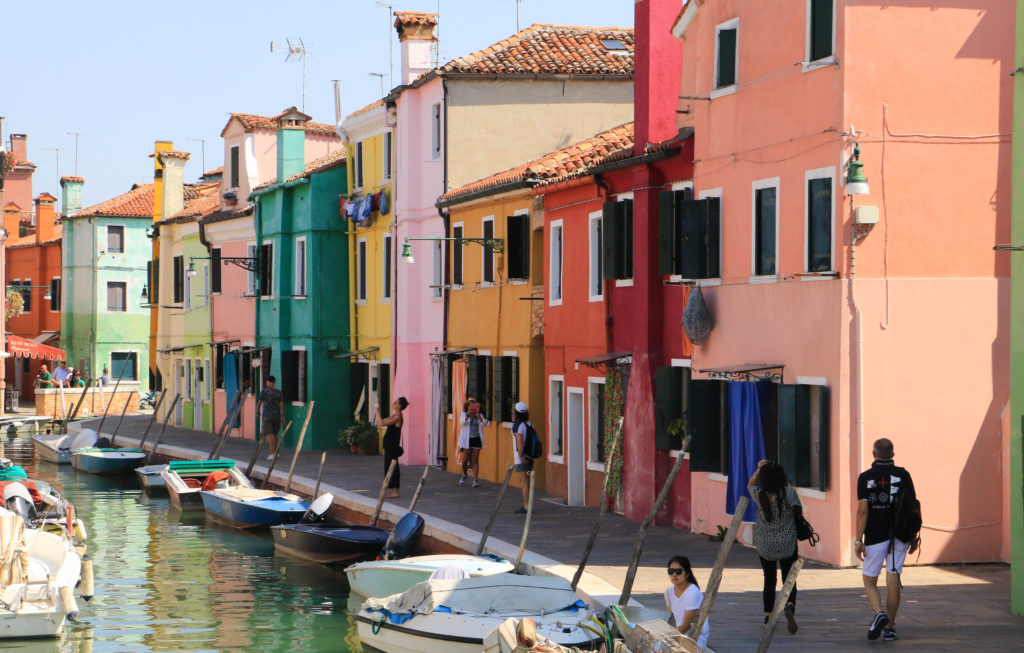
What to do in Burano
Being such a colourful destination, you could quite happily just wander the streets and take it all in. It’s easy to do when it’s so pretty. Burano is known for its lace and there are traditional lace makers here even to this day. It remains at the heart of the island and there’s a lace museum (Museo del Merletto) in a gothic palace.
The most well-known bridge is Tre Ponti which connects three canals and the prettiest of those colourful streets – Giudecca Via, Via San Mauro and Via San Martino Sinistro. The brightest building in Burano is Bepi’s House (La Casa di Bepi Suàand) which is divided up into geometric shapes. While we missed seeing it during our visit, there’s plenty of colour to be found.
There’s even a leaning bell tower (campanile), on the Church of San Martino, which was built in the seventeenth century and 53 metres high. We didn’t stop for food in Burano, (obviously, we’re not gelato here!) but there are plenty of places to eat. Burano, as you can imagine, is particularly famous for its fish dishes which include risotto de gò but there are several pizzerias. However long you’re in Burano for, it is certainly well worth a visit.
